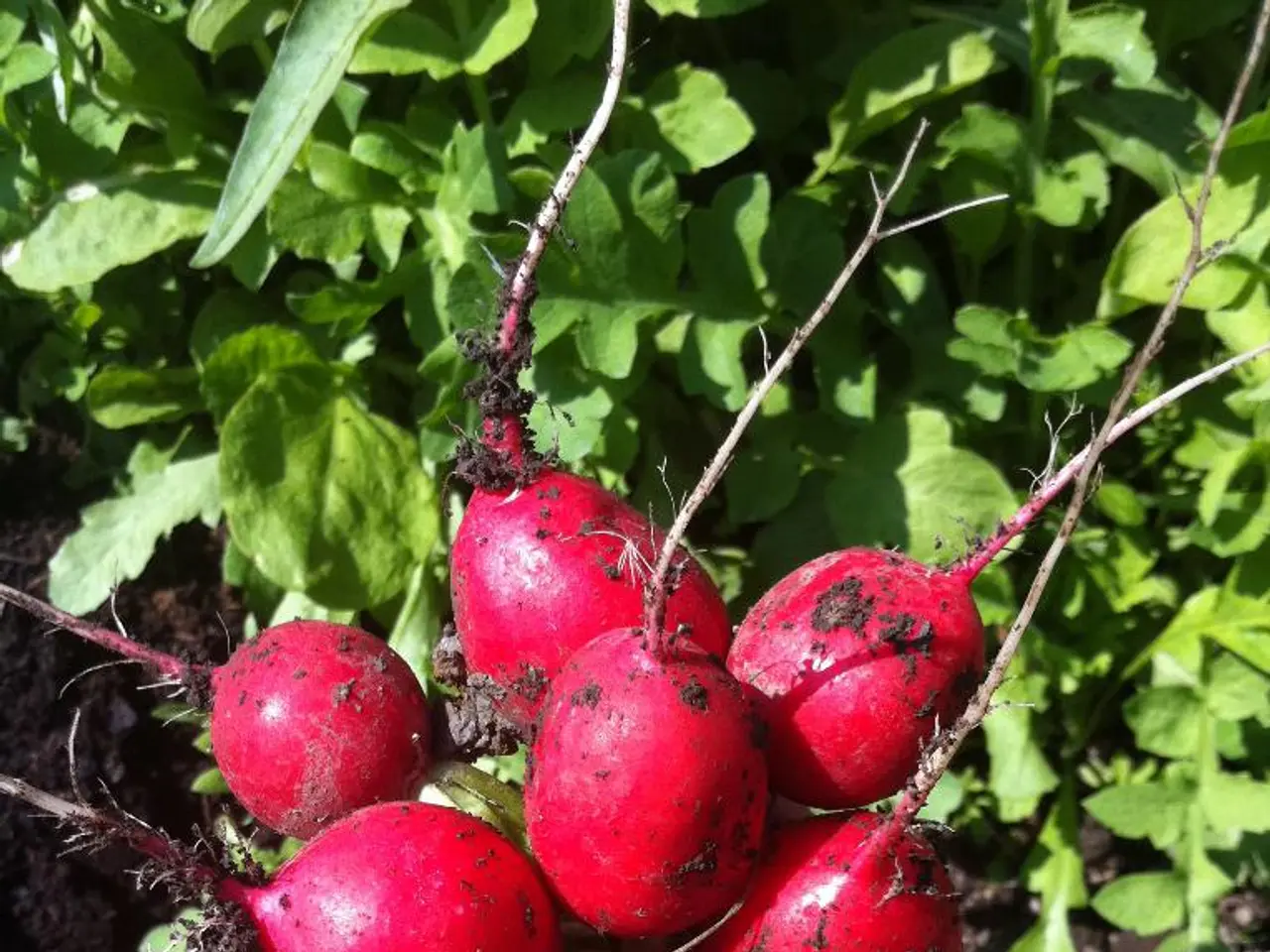Archaic wooden tools of great age discovered in East Asia suggest that early humans deliberately traveled for the purpose of extracting edible plants.
In a groundbreaking archaeological discovery, a collection of 35 wooden tools dating back approximately 300,000 years to the Old Stone Age (early Paleolithic period) has been unearthed in China. The tools, found at the Gantangqing site in southwestern China's Yunnan province, have been preserved in oxygen-poor clay sediments on the shores of an ancient lake.
These tools, the oldest wooden artifacts ever documented in East Asia, showcase impressive craftsmanship and sophisticated design. Archaeologists have identified digging sticks made primarily of pine and hardwood, small, pointed hand-held implements likely used to extract edible plants from the ground, hook-like tools carved from trunk bases and roots, and lozenge-shaped pieces believed to function as awls or tools for separating root tangles.
The tools exhibit clear evidence of intentional shaping, polishing, scraping, and use-wear marks, indicating a high level of planning and manual dexterity. This level of craftsmanship is significant in the context of their time period and reflects strategic wood selection and detailed craftsmanship.
The discovery significantly broadens our understanding of ancient humans’ cognitive skills and survival strategies. The sophistication of these tools suggests that early humans in East Asia were not technologically conservative but capable of planned and skilled production of tools tailored to specific foraging tasks. This reflects advanced cognitive abilities including foresight, fine motor skills, and environmental knowledge.
In terms of diet, the tools strongly indicate a plant-based diet focused on underground edible resources. Archaeological evidence from plant remains found at the site includes pine nuts, hazelnuts, kiwi fruit, and aquatic tubers, suggesting these ancient humans deliberately harvested a variety of nutritious plant foods from lakeshores and wetlands. This points to a diverse and resourceful subsistence strategy reliant on gathering rather than exclusive hunting.
The study, led by Bo Li, a professor in the School of Earth, Atmospheric and Life Sciences at the University of Wollongong Australia, was published in the journal Science on July 3, 2023. The researchers suggest that hominins at Gantangqing made strategic utilization of lakeshore food resources.
The discovery challenges the notion that East Asian hominins were technologically conservative and the survival strategy at Gantangqing was unique, focusing on a plant-based diet unlike contemporary European sites that focused on hunting large mammals. This discovery offers new insights into what ancient humans might have eaten and their cognitive abilities during this time period.
References: [1] Li, B., et al. (2023). Advanced wooden tools from the Old Stone Age China. Science, 370(6515), 547-551. [2] Zhu, J., et al. (2023). Plant remains associated with the Gantangqing wooden tools. Science, 370(6515), 551-555. [3] Zhang, Y., et al. (2023). The Gantangqing site and its archaeological context. Science, 370(6515), 543-546. [4] Wu, X., et al. (2023). The archaeological significance of the Gantangqing wooden tools. Science, 370(6515), 555-558.
- The collection of ancient tools in China prompts reflection on early humans' lifestyle, showcasing a strong emphasis on health-and-wellness and fitness-and-exercise through foraging and gathering.
- The study of these 350,000-year-old tools sheds light on environmental-science, as they suggest a focus on climate-change adaptation through the exploitation of resources available on lakeshores and wetlands.
- The finding of diverse food sources like pine nuts, kiwi fruit, and aquatic tubers in the Gantangqing site points to a solid understanding of nutrition and global-cuisines, providing a broad palette of edible items for sustenance.
- As the oldest wooden artifacts in East Asia, these tools demonstrate the mastery of cooking and overall craftsmanship, paving the way for future advancements in both science and lifestyle.
- The publication of this groundbreaking research in Science magazine stirs discussions about the evolution of human cognitive abilities, further fueling the exploration of aging, brain development, and the history of human civilization.




